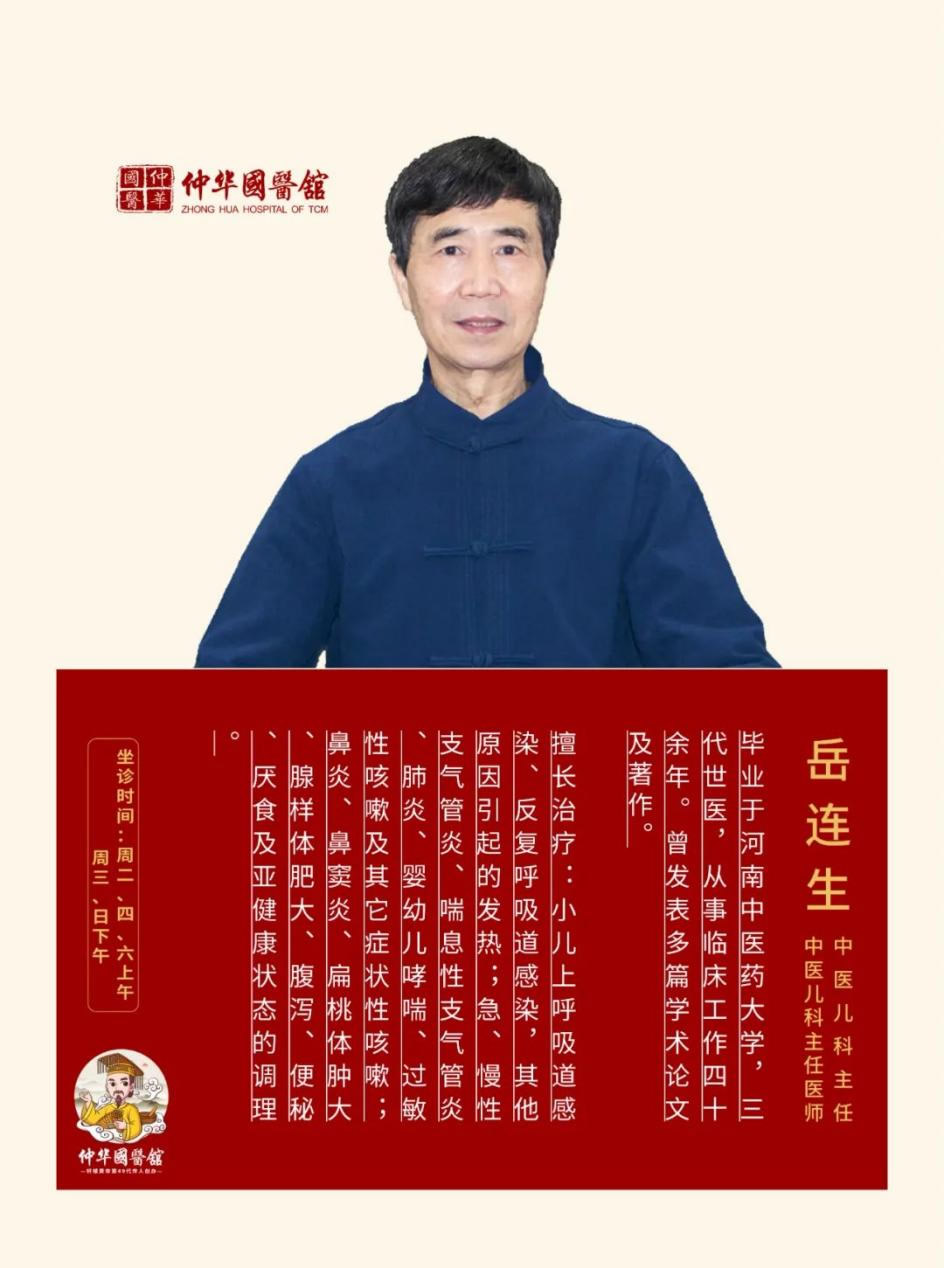
Release time:2024-12-19

The Origin and Allusion of Fritillaria (Bei Mu) – a Traditional Chinese Medicine

In an ancient mountain village, there lived a mother and son who depended on each other for life. My mother is old, frail and often coughs. The son was very filial and sought medical advice everywhere for his mother, but her mother's condition never improved. One day, while his son was cutting firewood in the mountains, he met an old man with white hair. There hearing about his mother's illness, the old man told him that there was a plant on the edge of a cliff in the mountain, and its roots might be able to cure his mother's illness. Without hesitation, the son ventured to the edge of the cliff and found the plant. After digging it home, he carefully fried it into medicine and gave it to his mother. Miraculously, the mother's cough symptoms gradually eased after taking it, and her body gradually recovered. Later, people named this plant Bei Mu (Mu means mother in Chinse) to commemorate the story of the filial son looking for medicine for his mother.

The main functions of Fritillaria

Fritillaria has the effects of clearing away heat and resolving phlegm, moistening the lungs and relieving cough, dispersing stagnation and reducing swelling.
Clinically, it is often used to treat cough due to lung heat, dry cough with little phlegm, cough due to yin deficiency, bloody phlegm, scrofula, breast carbuncle, lung abscess and other diseases. Modern pharmacological research shows that Fritillaria contains a variety of alkaloids and other ingredients, and has various pharmacological activities such as antitussive, expectorant, antiasthmatic, antibacterial, anti-inflammatory, and anti-tumor properties. It can effectively relieve respiratory symptoms and play an important role in improving lung function.
In my country's traditional food culture, some Chinese medicinal materials are widely used as food ingredients among the people, that is, substances that are both food and Chinese medicinal materials according to tradition (that is, medicine and food have the same origin). According to a document issued by the National Health Commission and the State Administration for Market Regulation, Fritillaria is used as a medicinal and food substance within a limited range of use.
Therapeutic Fritillaria tea

Fritillaria (Bei Mu) + Asian pear (Xue Li)
Ingredients:
5 grams of fritillaria, 1 Asian pear.
Method:
Wash the pear, remove the core and cut into small pieces. After washing the fritillaria, put it into the teapot together with the pear pieces, add an appropriate amount of boiling water, soak for 15 minutes and then drink.
Efficacy:
Moistens the lungs, relieves cough, clears heat, and dissolves phlegm. This herbal tea is particularly suitable for consumption during dry seasons or when experiencing cough caused by lung heat. The natural sweetness of snow pear complements the medicinal effects of Fritillaria, providing both lung nourishment and relief from cough symptoms.
Fritillaria (Bei Mu) + Lily Bulb (Bai He)
Ingredients:
Fritillaria (Bei Mu): 5g, Lily Bulb (Bai He): 10g
Method:
Rinse the Fritillaria and Lily Bulb thoroughly. Place them in a teapot, add an appropriate amount of boiling water, and steep for 10-15 minutes before drinking.
Efficacy:
Nourishes Yin, moistens the lungs, clears the heart, and calms the mind. This preparation is particularly effective for alleviating dry cough caused by lung Yin deficiency, as well as symptoms such as irritability and insomnia. Lily bulb has a calming effect on the mind, and when paired with Fritillaria, it not only moistens the lungs but also helps relieve emotional discomfort.
You can also place Recipe 1 or Recipe 2 in a health pot, boil with 500ml of water for 10-15 minutes, or steep in hot water for 20-30 minutes before drinking.
Note:
These herbal teas should be consumed under the guidance of a physician. Avoid self-medication.

It is important to note that although foods with medicinal properties—known as functional foods—have various health benefits, they are not suitable for everyone. When selecting such foods, it is essential to consider individual body constitution and specific health conditions. Avoid using them blindly, as foods are classified by their properties—cold, hot, warm, or cool—and improper use could disrupt the body’s balance. If necessary, these foods or medicines should be chosen under the guidance of a qualified physician. By regulating the flow of Qi in the internal organs, such choices can help restore the body’s Yin-Yang balance, promoting overall health and preventing the onset or progression of disease.
Traditional Chinese Medicine (TCM) has a rich history, unique theories, and remarkable practical value, offering profound scientific insights. It is not only an outstanding part of China's cultural heritage but also a treasure for the world.
Chinese herbal medicine, as a cornerstone of traditional Chinese medicine, embodies the health wisdom accumulated by the Chinese people over thousands of years. It is not just a national treasure but also a symbol of our cultural legacy. Known for its unique therapeutic effects and natural ingredients, Chinese herbal medicine is widely valued and appreciated.
The principles of herbal treatment are rooted in TCM theory, which emphasizes the connection between the nature of herbs and their therapeutic effects. Herbs are categorized by four properties—cold, hot, warm, and cool; five tastes—sour, sweet, bitter, pungent, and salty; and directional tendencies such as ascending, descending, sinking, or floating.
The use of Chinese herbal medicine must follow specific guidelines and precautions, such as syndrome differentiation, proper timing of administration, and dietary restrictions, to ensure safety and effectiveness. The study of Chinese medicine is profound, and its efficacy and safety have been widely recognized and applied.
